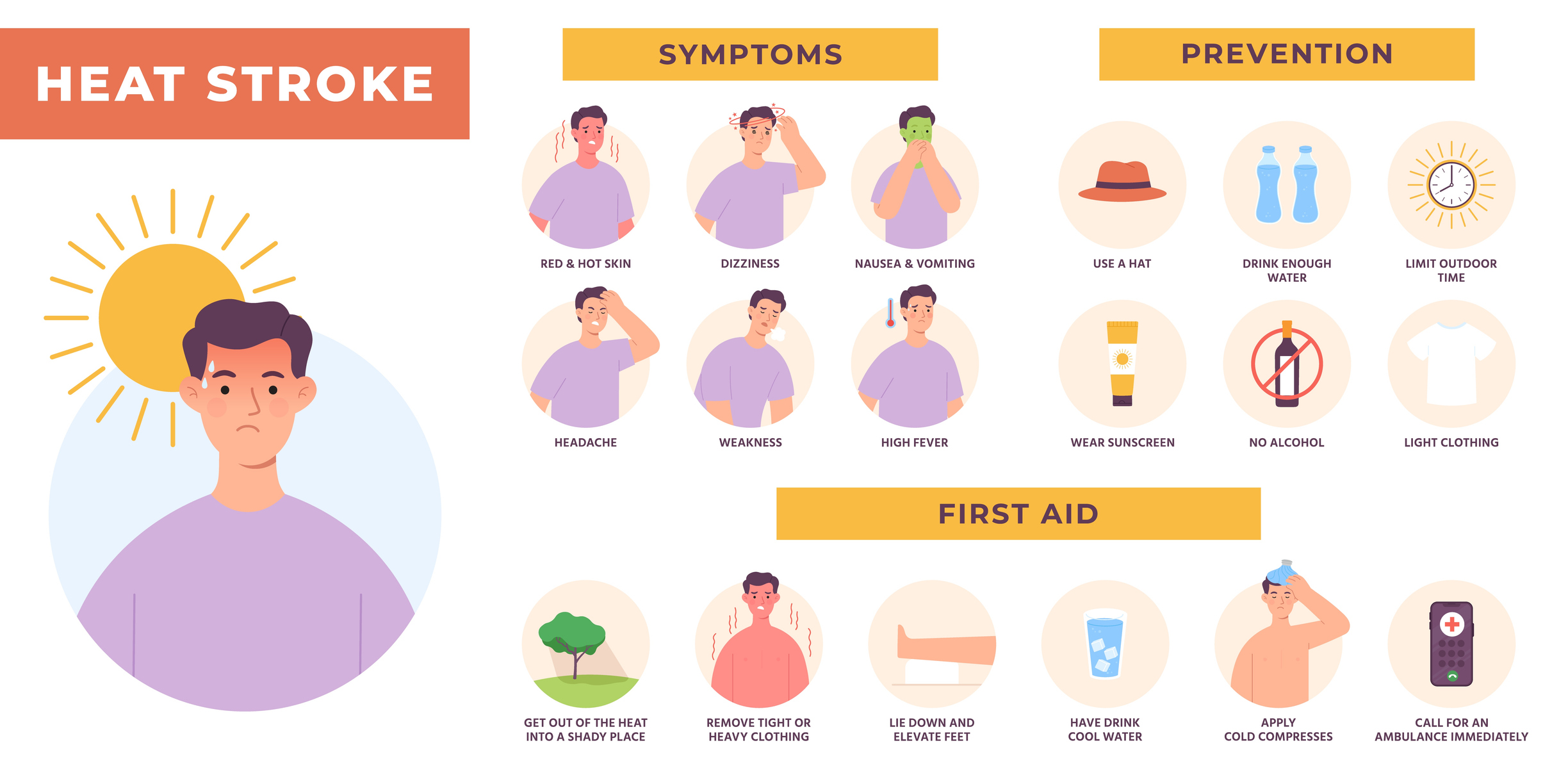Effective Ways to Protect Your Eyes from Sun Damage
Introduction
In today’s world, where outdoor activities and exposure to sunlight are common, it’s crucial to understand the importance of protecting our eyes from harmful UV radiation. This guide aims to provide a detailed overview of how UV rays affect our eyes and offers comprehensive strategies to prevent sun damage and maintain optimal eye health.
Understanding Sun Damage to the Eyes
UV radiation emitted by the sun consists of UVA, UVB, and UVC rays. While the ozone layer absorbs most UVC rays, both UVA and UVB rays can penetrate the atmosphere and reach the earth’s surface. These rays can cause various eye conditions, including cataracts, macular degeneration, and photokeratitis, a painful eye condition similar to sunburn.
- UV Radiation:
- UVA Rays: These rays penetrate deep into the eye and can contribute to the development of cataracts and macular degeneration over time.
- UVB Rays: These rays primarily affect the cornea and lens, leading to photokeratitis, cataracts, and other eye disorders.
- Potential Risks:
- Cataracts: Characterized by the clouding of the eye’s natural lens, cataracts can impair vision and require surgical intervention.
- Macular Degeneration: Damage to the macula, the central part of the retina responsible for sharp, central vision, can lead to irreversible vision loss.
- Photokeratitis: Also known as “sunburn of the eye,” photokeratitis causes inflammation of the cornea, resulting in pain, redness, and temporary vision impairment.
Effective Ways to Protect Your Eyes
To minimize the risk of sun damage and maintain optimal eye health, consider implementing the following preventive measures:
- Wear Sunglasses:
- Choose sunglasses that provide 100% UV protection, blocking both UVA and UVB rays.
- Look for sunglasses labeled with “UV400” or “100% UV protection” to ensure adequate shielding from harmful UV radiation.
- Consider polarized lenses to reduce glare and enhance visual comfort, especially in bright outdoor conditions.
- Choose Wraparound Styles:
- Opt for sunglasses with wraparound frames or large lenses to provide maximum coverage and protect the eyes from UV exposure from all angles.
- Check UV Protection:
- When purchasing sunglasses, check for certification marks such as the American National Standards Institute (ANSI) or CE mark, indicating compliance with UV protection standards.
- Wear a Wide-brimmed Hat:
- Pair your sunglasses with a wide-brimmed hat to provide additional shade and protection for your eyes, particularly during prolonged outdoor activities.
- Use UV-Blocking Contact Lenses:
- If you wear contact lenses, consider switching to those with built-in UV protection to shield your corneas from UV damage.
- Limit Outdoor Activities:
- Minimize outdoor activities during peak UV hours (10 am to 4 pm) when the sun’s rays are strongest, or take breaks in shaded areas to reduce UV exposure.
- Apply Sunscreen:
- Apply a broad-spectrum sunscreen with SPF 30 or higher to the skin around your eyes to protect against UV-induced skin damage and reduce the risk of skin cancer, including eyelid cancer.
Consultation and Precautions
While these preventive measures are effective in reducing the risk of sun damage to the eyes, it’s essential to seek professional guidance and undergo regular eye examinations, especially if you experience any unusual symptoms or have a family history of eye conditions. Additionally, individuals with certain medical conditions or those taking medications that increase photosensitivity should take extra precautions and consult with an eye specialist.
Conclusion
Protecting your eyes from sun damage is crucial for maintaining long-term eye health and preserving clear vision. By implementing the comprehensive strategies outlined in this guide and prioritizing sun protection, you can reduce the risk of UV-related eye disorders and enjoy a lifetime of healthy vision.
Summary
This comprehensive guide explores the detrimental effects of UV radiation on the eyes and provides practical strategies to protect them from sun damage. Understanding the risks associated with UV exposure, such as cataracts and macular degeneration, is crucial for maintaining optimal eye health. By incorporating preventive measures such as wearing UV-protective sunglasses, using wide-brimmed hats, and applying sunscreen, individuals can minimize the risk of UV-related eye disorders and preserve clear vision.
World Eye Care Foundation’s eyecare.live brings you the latest information from various industry sources and experts in eye health and vision care. Please consult with your eye care provider for more general information and specific eye conditions. We do not provide any medical advice, suggestions or recommendations in any health conditions.
Commonly Asked Questions
Yes, applying a broad-spectrum sunscreen with SPF 30 or higher to the skin around the eyes can protect against UV-induced skin damage and reduce the risk of eyelid cancer.
Symptoms may include blurred vision, eye discomfort, sensitivity to light, and redness. Consult an eye specialist if you experience these symptoms.
It’s recommended to undergo regular eye examinations, especially if you experience any unusual symptoms or have a family history of eye conditions.
Limit outdoor activities during peak UV hours (10 am to 4 pm) or seek shade to reduce UV exposure to the eyes.
Yes, some contact lenses are designed with built-in UV protection to shield the corneas from harmful UV rays.
Yes, polarized lenses reduce glare and enhance visual comfort, making them ideal for outdoor activities in bright conditions.
Yes, pairing sunglasses with a wide-brimmed hat can provide extra shade and protection from UV radiation.
Look for sunglasses labeled with “UV400” or “100% UV protection” to ensure they block both UVA and UVB rays.
UV radiation consists of UVA, UVB, and UVC rays, with UVA and UVB rays being the most harmful to the eyes.
UV radiation can cause various eye conditions, including cataracts, macular degeneration, and photokeratitis, due to prolonged exposure.
news via inbox
Subscribe here to get latest updates !







